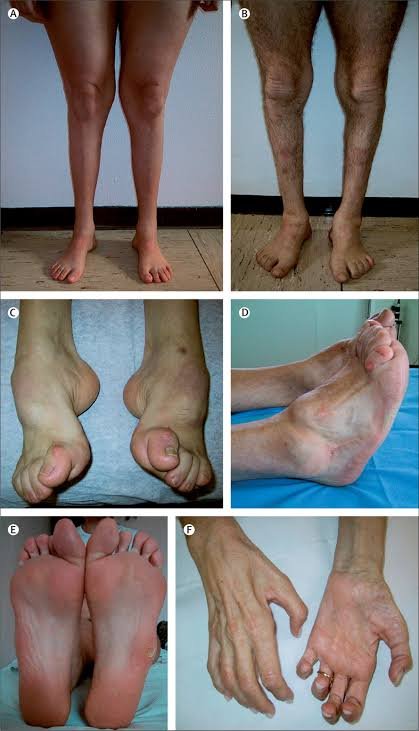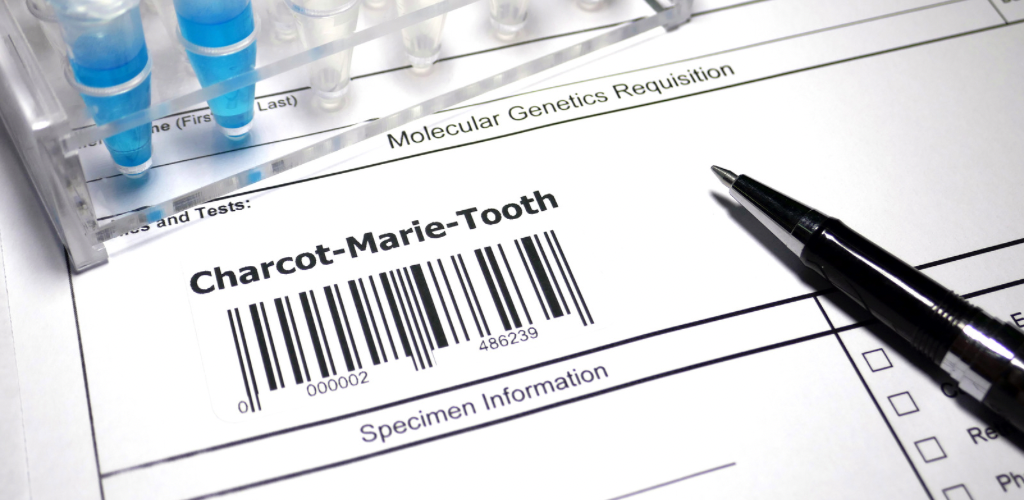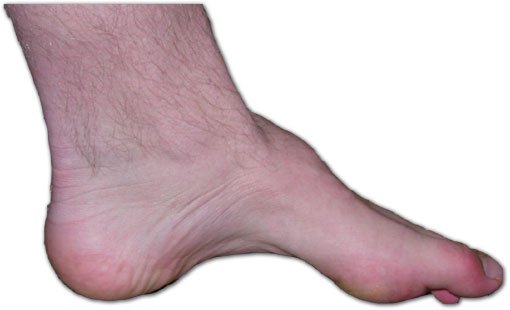Introduction
1 out of 2500 is effected from this disease
peripheral neuropathy
Demyelination and Remyelination occurs in this case
Charcot Marie ToothCMT) Disease is genetic disorder characterized by the degeneration of peripheral, leading to progressive muscle and sensory loss. after the three physicians who described it in 6, Jean-Martincot, Pierre Marie and Howard Henry Tooth, CMT disease can be into two main types –linked dominant inheritance and autos dominant inheritance. In article, we will delve into the details of this disease, exploring its, symptoms, and available treatment.

X- Dominant Inheritance
MT disease can be in an X-linked dominant. This means that the gene responsible for the disease located on the X, and a single copy of the mutated gene can cause the disease in both males and females. However, the of symptoms can vary between individuals due to factors like genetic modifiers and environmental influences.
Factors Influencing Symptom Severity
The severity of CMT disease symptoms can be influenced by various factors. These include the type of mutation in the responsible, the specific gene involved, and the presence of other genetic or environmental factors. Additionally, the phenomenon of genetic anticipation, where the disease appears to worsen in subsequent generations, has been observed in some cases of X-linked dominant CMT.
Clinical Features
Individuals with X-linked dominant C disease typically experience progressive muscle weakness and wasting, primarily affecting the lower limbs. This lead to difficulties in walking and maintaining balance. Sensory symptoms such as numbness, tingling, and decreased sensitivity to touch can also manifest. In some cases, additional features like foot deformities, scoliosis, or muscle weakness may be present.
Genetic Testing and Diagnosis

Genetic testing plays a crucial role in diagnosing X-linked CMT disease. By identifying the specific gene mutation responsible for the condition, healthcare professionals can provide targeted management strategies and genetic counseling. Furthermore, accurate genetic diagnosis helps eliminate guesswork and ensures appropriate treatment plans are implemented.
Autosomal Dominant Inheritance
Another form of inheritance for CMT disease is autosomal dominant. This means that a single copy of the mutated gene from parent is sufficient to cause the disease. Unlike X-linked dominant CMT, both males and females have an equal chance of being affected.
An Array of Genetic Mutations
Autosomal dominant CMT disease is genetically, with mutations occurring in several genes. The most common genetic mutation associated with this type of CMT is found in the PMP22 gene. This mutation leads to the production of an abnormal protein that affects the structure and function of peripheral nerves.
Manifestations and Progression
Similar to X-linked dominant CMT, autosomal dominant CMT presents with progressive muscle weakness and sensory loss. However, the pattern and severity of symptoms can vary widely among affected individuals, even within the same family. This heterogeneity makes it challenging to predict the exact course of the disease and individual prognosis.
Diagnosis and Management
Diagnosis of autosomal dominant CMT generally involves a thorough clinical examination, history assessment, and genetic testing. Identifying the specific gene mutation aids in treatment options and offering genetic counseling. Currently, there is no cure for CMT disease, but management focuses on alleviating symptoms and improving quality of life. may include physical therapy, orthopedic interventions, pain management, and assist devices.
Conclusion
Charcot Marie Tooth disease is a complex genetic disorder that can be inherited in an X-linked dominant or autosomal dominant manner. Understanding inheritance patterns, genetic mutations, and clinical manifestations is crucial for accurate diagnosis and of this condition. Genetic testing plays a significant role in identifying the responsible gene and shaping personalized treatment plans. By raising awareness about CMT disease and promoting, we can hope for better therapeutic options and improvements in the quality of life individuals living with this condition.
Remember: Despite the challenges posed by Charcot Marie Tooth disease, individuals affected by it often display remarkable resilience and a spirit. Their stories of determination and courage inspire us all to push the boundaries medical knowledge and strive for a future where treatments are more effective and accessible.




